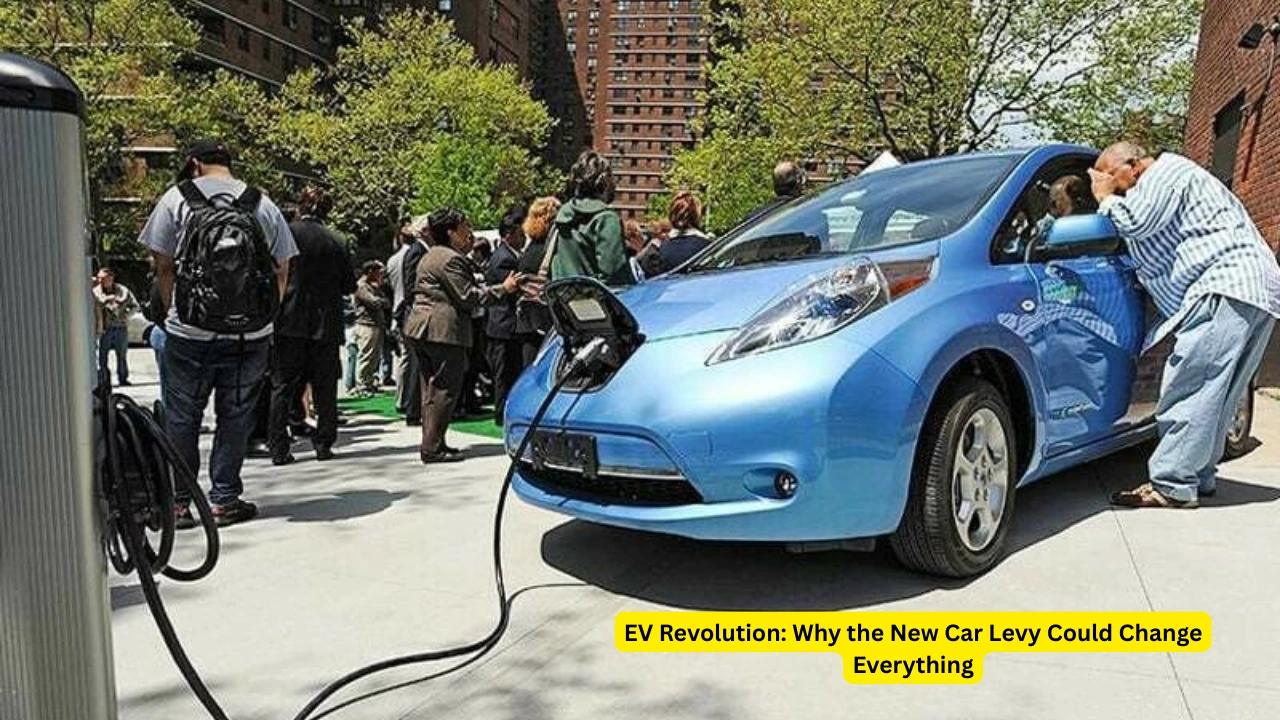Introduction: A Shift in Auto Policy
Governments worldwide are turning to new policies to support clean transport. A new car levy is the latest move to push the EV revolution. By taxing traditional cars, governments can make electric vehicles more affordable. This step is designed to speed up the transition toward green energy.
Why a Car Levy Matters
A car levy targets high-emission vehicles. It makes buyers think twice before purchasing gasoline or diesel cars. The revenue collected can be invested in EV infrastructure. This includes charging stations, battery plants, and clean energy grids. For countries facing fuel imports and rising pollution, this is a smart economic choice.
The Global Push for EVs
The EV revolution is not limited to one region.In the U.S., tax credits boost EV sales. In Europe, tough emission rules push automakers toward electric. Meanwhile, China leads the charge, with EV production already outpacing traditional car growth and reshaping the global auto landscapeThe global market is moving fast.
Impact on Consumers
For buyers, the new levy creates a clear choice. Traditional cars get more expensive. EVs become more attractive. With rising fuel costs, electric cars promise long-term savings. The lower running cost of EVs makes them a smart option for middle-class families. The levy ensures that this shift happens faster.
Boost for the Auto Industry
The auto industry must evolve. With the levy in place, companies will invest more in electric vehicles. This means:
- New EV models entering the market
- Local assembly plants for electric cars
- Jobs in green technology and battery production
- Partnerships with global EV leaders
This shift can transform local industries into hubs for green mobility.
Environmental Gains
The EV revolution is also about climate change, Road transport is one of the biggest sources of carbon emissions. By reducing fuel-driven cars, governments can cut pollution in major cities. Cleaner air means healthier communities. The car levy is a direct way to link policy with climate goals.
Challenges Ahead
The levy alone cannot drive the entire revolution. There are challenges:
- High cost of EVs for some buyers
- Limited charging stations in many regions
- Dependence on imported batteries
- Lack of awareness about EV benefits
These issues need long-term planning. Governments must invest in infrastructure, training, and local production.
EV Revolution and Energy Security
Oil imports put pressure on economies. By adopting EVs, countries can reduce dependence on fuel. This supports energy security. It also aligns with the shift to renewable power, Solar, wind, and hydro energy can all power electric vehicles. The EV revolution is not just about transport. It is about building a sustainable energy future.
The Road Ahead
The new car levy is a bold policy. It shows that governments are serious about change. Combined with incentives and strong EV policies, it can push the industry forward. If implemented correctly, this move can create a balanced, green, and profitable auto sector.
Conclusion: Driving the Future
The EV revolution is gaining speed. The new car levy will play a key role in shaping this future.For consumers, it means more options. For industries, it creates new opportunities. For the planet, it ensures cleaner air and reduced emissions.
This is not just about cars. It is about a vision where transport, energy, and environment work together. The levy may seem small, but it has the power to fuel a bigger transformation. Read more about ECC Approves Rs30 Billion then click here.


